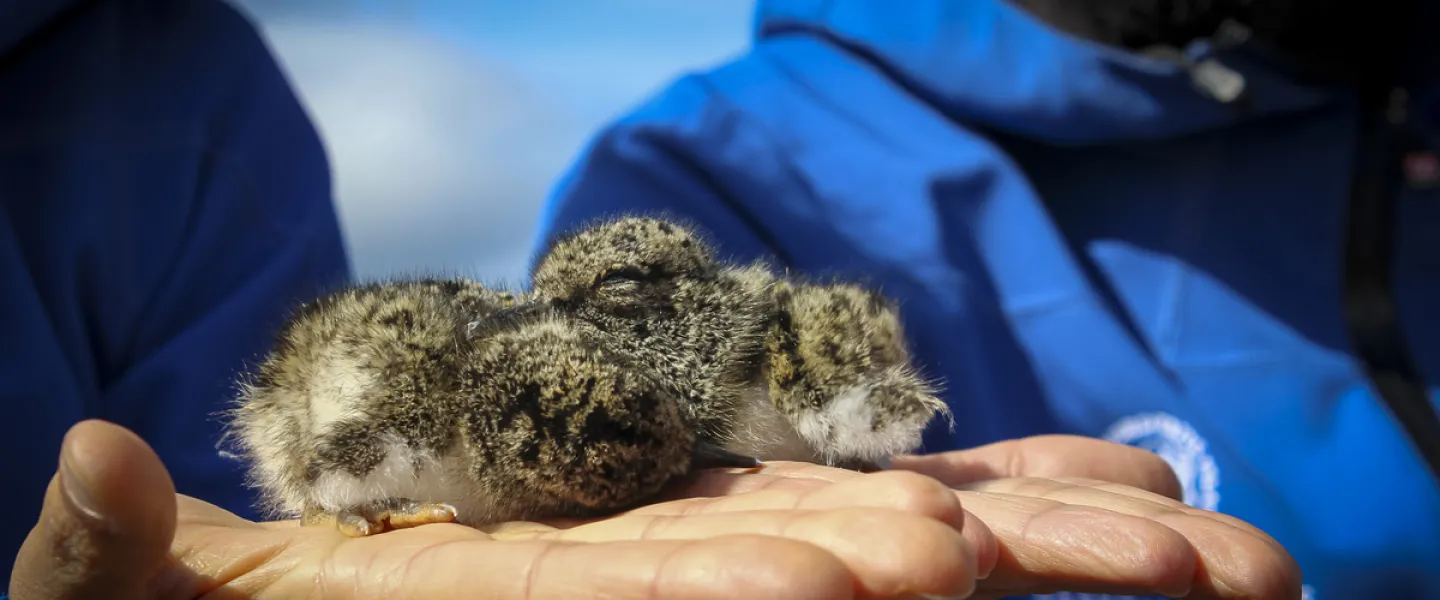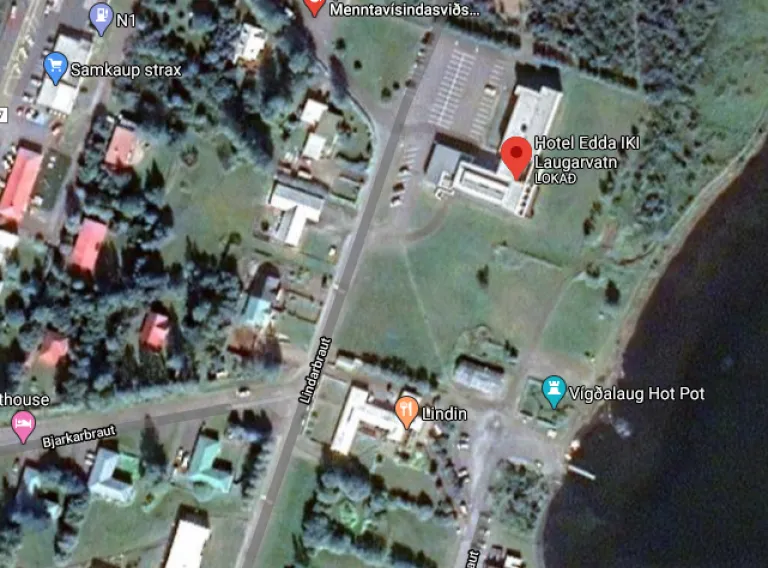
At the research centre, basic research and applied research on nature are carried out, combining long-term research with shorter projects that are often carried out by graduate students. The main goal is to strengthen the professional foundation of nature conservation.
Most projects fall into three main, often overlapping, categories:
- Impact of land use on ecosystems.
- Relationship between natural variation in time and space (such as due to weather, vegetation development and geology) and animal populations.
- Population studies of migratory birds based on following marked individuals between countries and generations.













